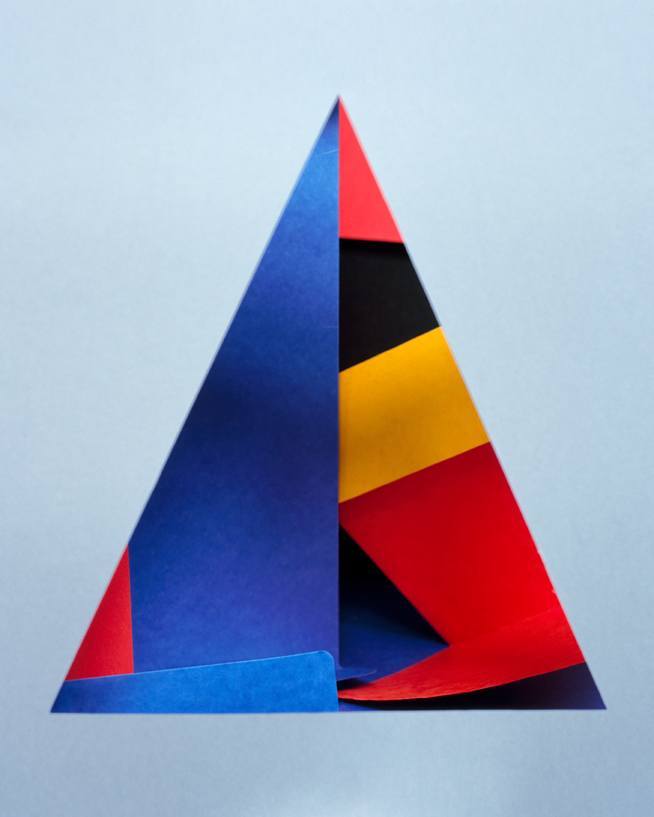
c-print / 70×58 cm
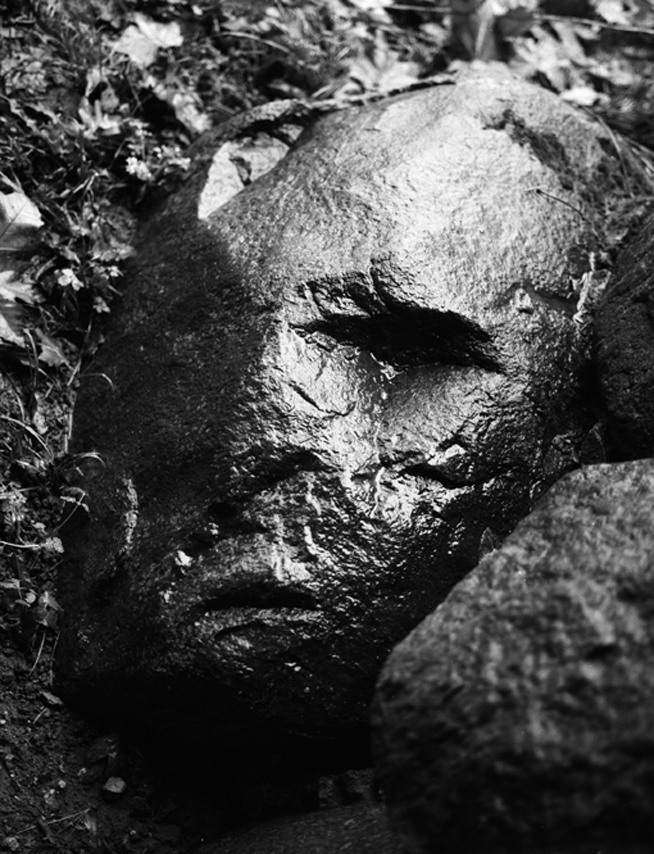
Silver Gelalin Print / 42,4 x 34,4 cm
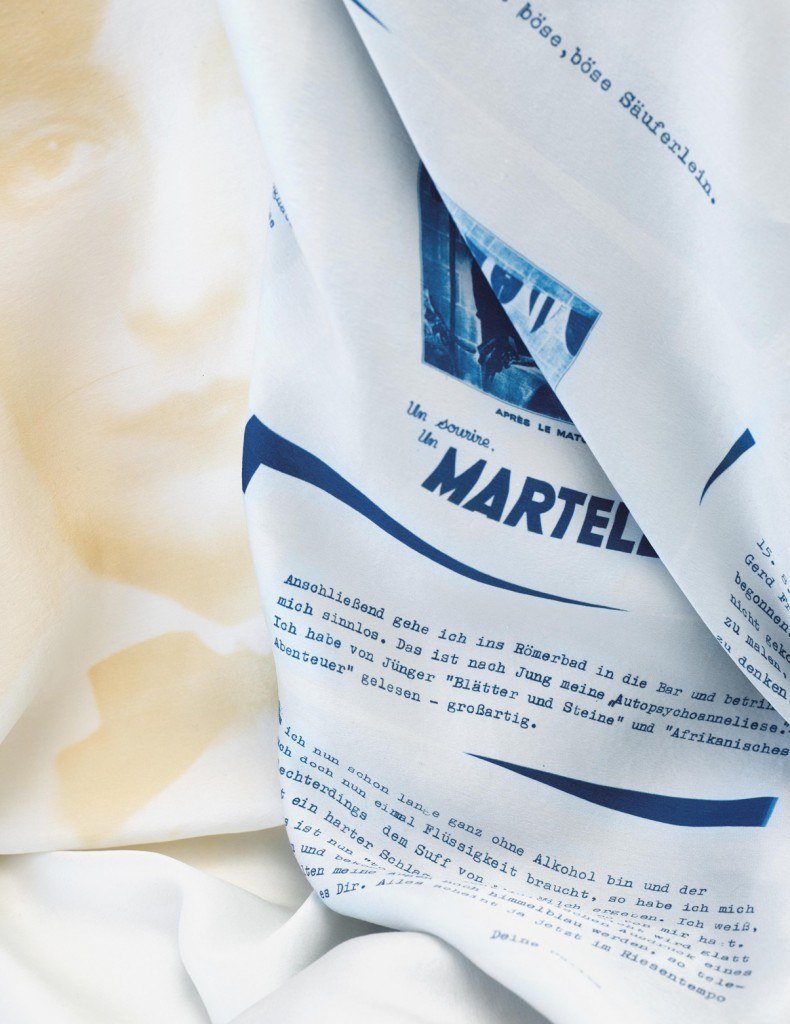
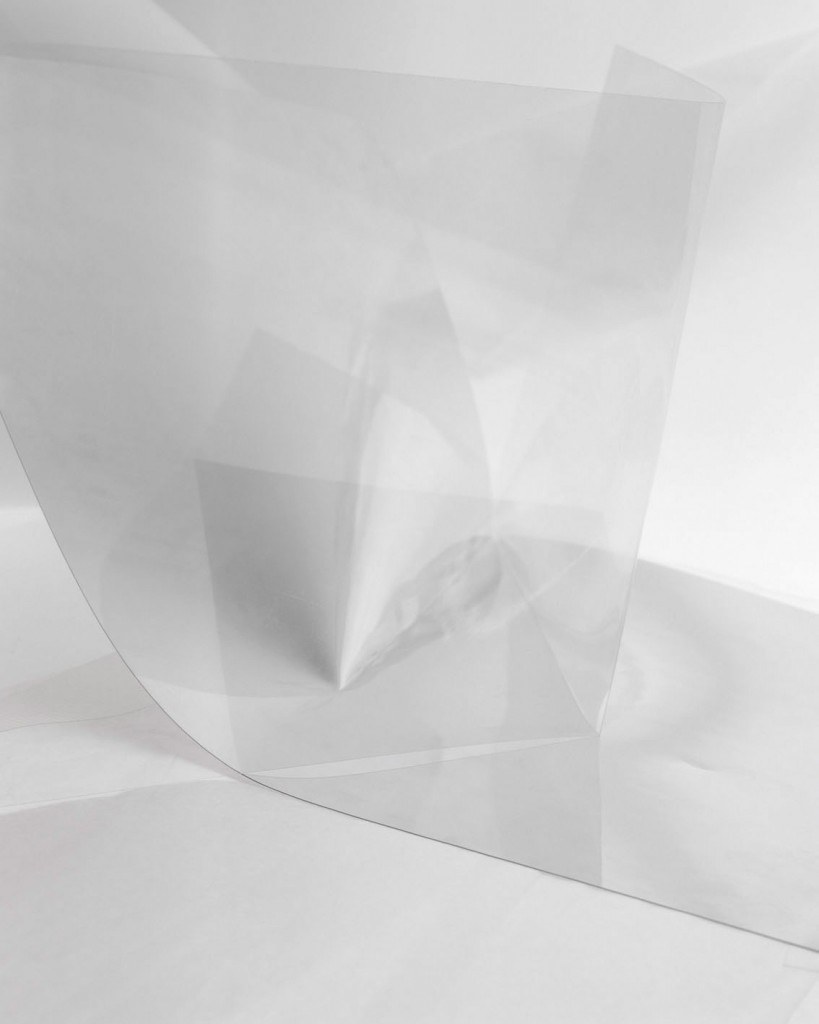
Pigment print on Hahnemuehle paper / 70 x 56 cm
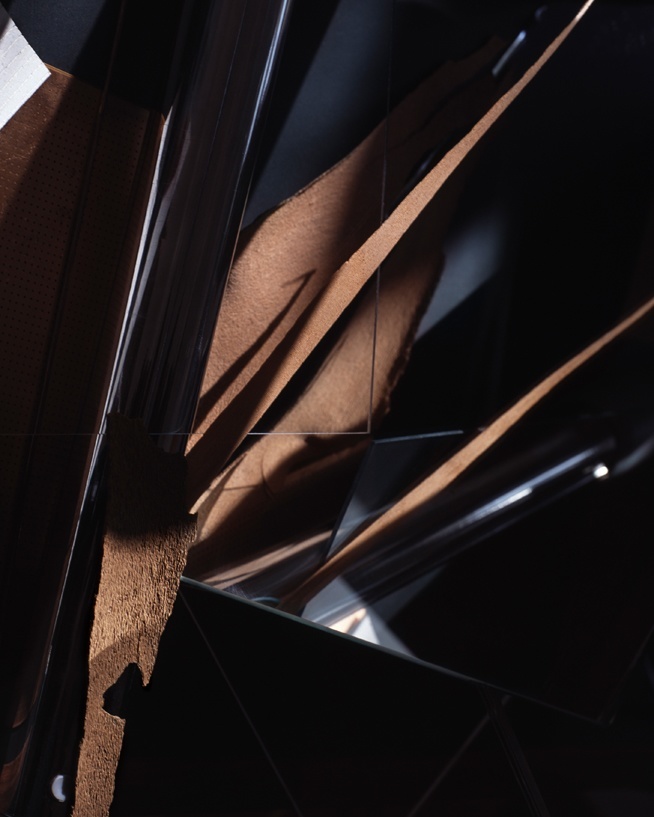
Pigment print on Hahnemuehle paper / 70 x 56 cm
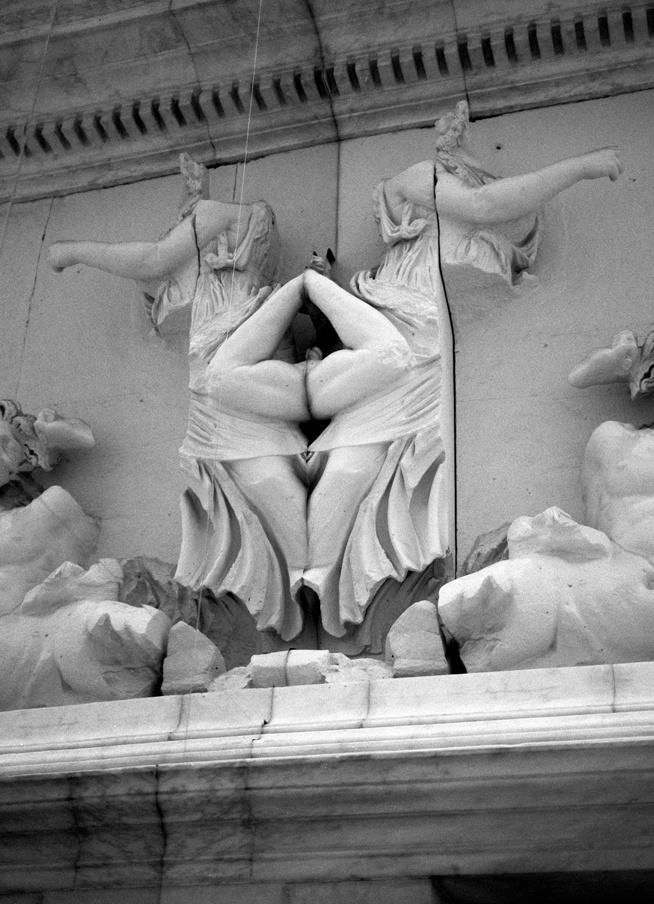
Silver Gelalin Print / 42,4 x 31,3 cm
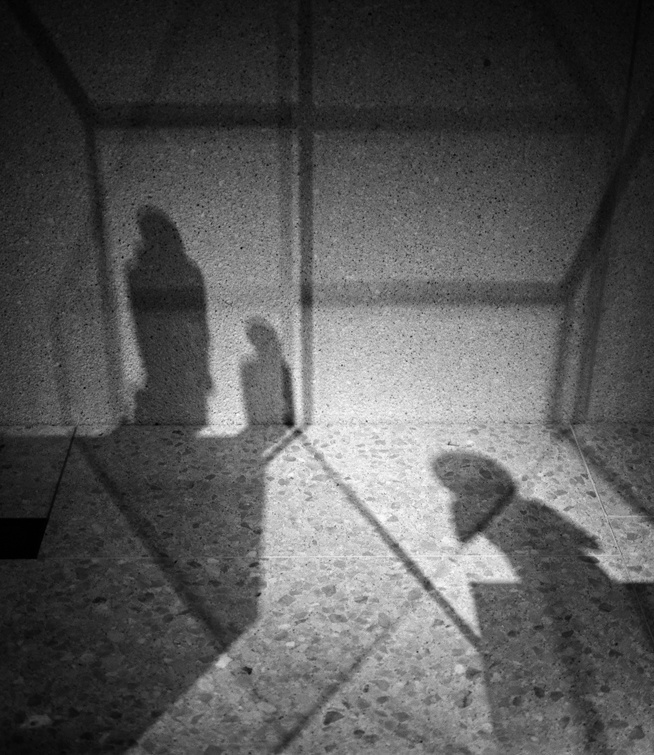
Silver Gelalin Print / 42,4 x 36,26 cm
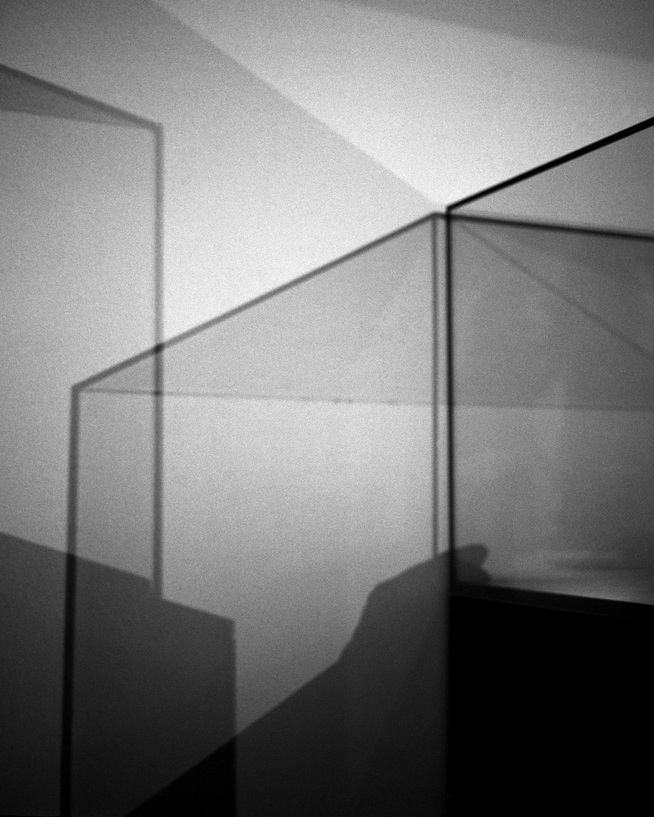
Silver Gelalin Print / 42,4 x 36,26 cm
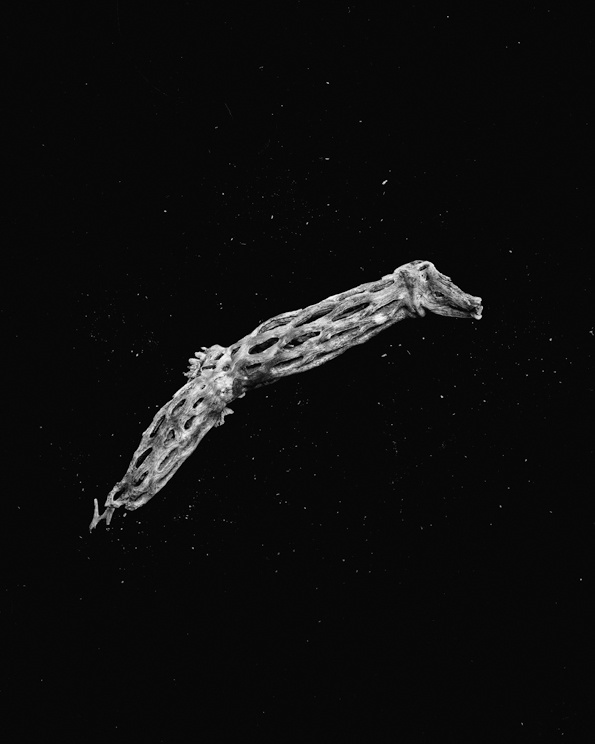
Silver Gelalin Print / 130 x 100 cm
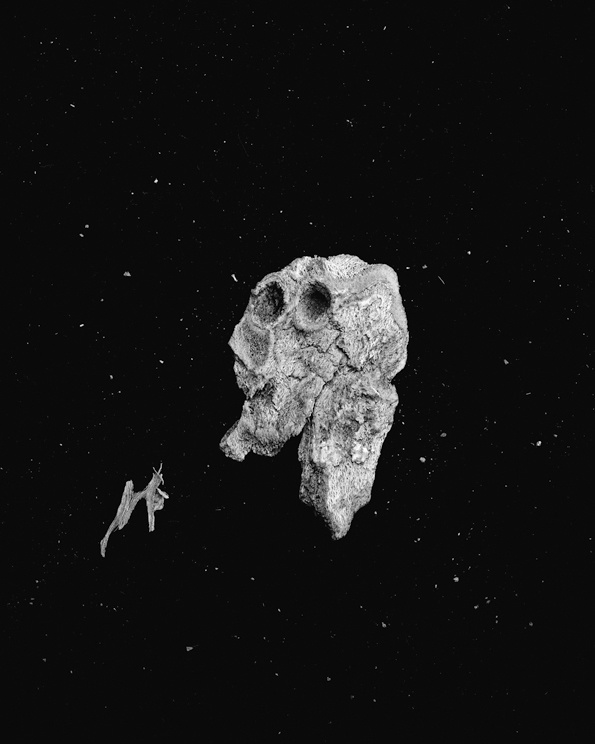
Silver Gelalin Print / 100 x 130 cm
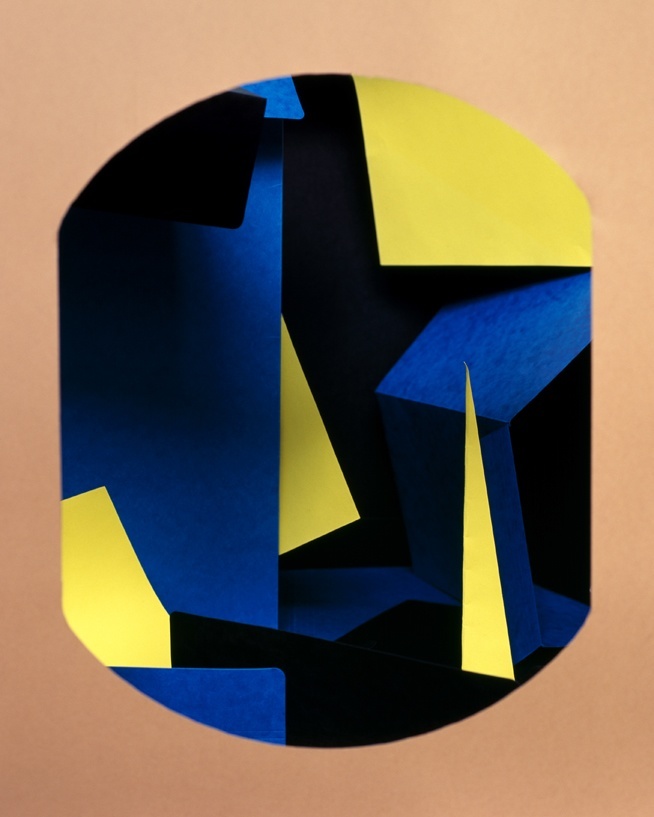
c-print / 70×58 cm
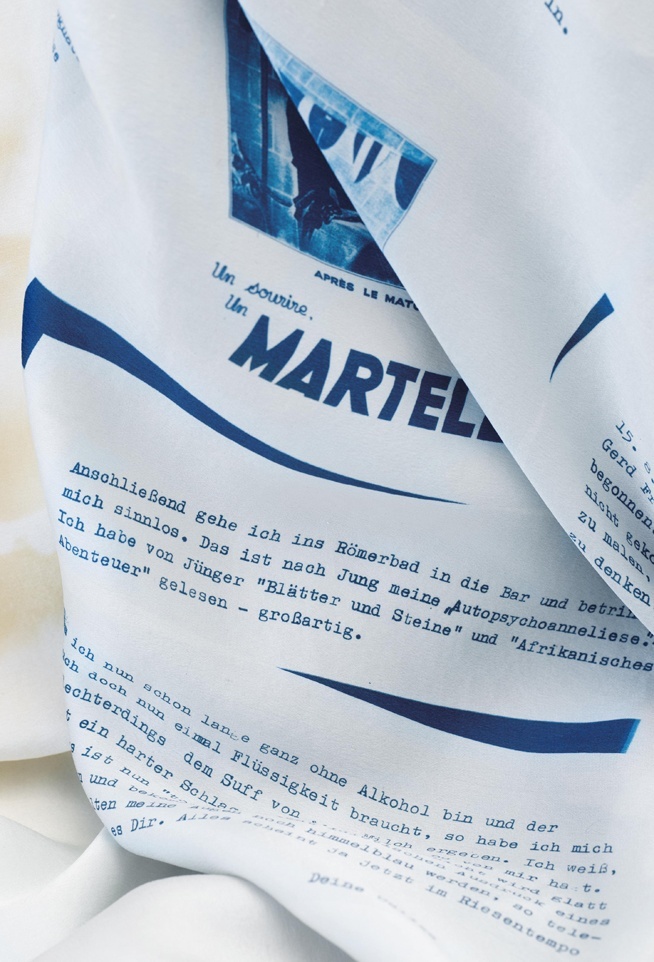
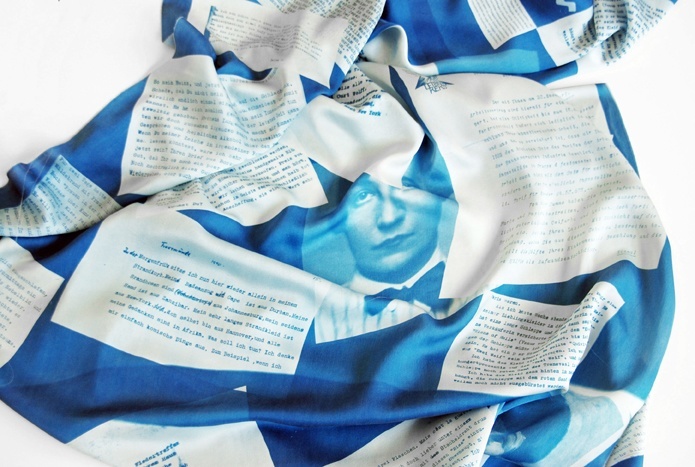
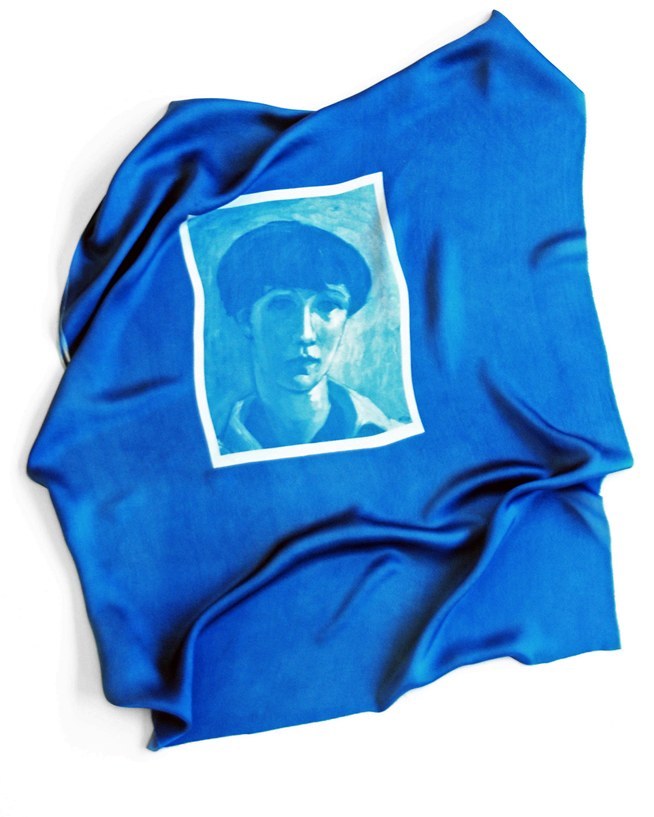
German artist Ingo Mittelstaedt uses analogue photography to explore different potentials in the photographic medium. We can see two main tendencies in his work of recent years: documentary and staged disarrangements. The documentary works often depict an object in a space of presentation, such as a museum or in nature. Here, Mittelstaedt finds and crafts recognition out of abstract elements, like seeing faces in stones or tree trunks. The other tendency represents a movement in the opposite direction; concrete and recognisable objects are staged, arranged and then photographed in a way that turns them abstract, flat and unrecognisable. As the process is always analogue, the precision of the staging and light is contradicted with an element of chance and unpredictability.
A motivation behind both of these approaches is the wish to explore the abstraction and material presence inherent in the photographic medium, and connecting this to (art) historical references. This is not done in a simple, referential way but by exploiting references to deal with open-ended questions of representation and photographic alienation. Mittelstaedt thus deals with many of the same questions as in painting: he works with colour, lines and composition within the picture plane.
In the series Chromas for instance the photographs are dominated by blue, red and yellow surfaces. The resemblance to classical modernist paintings is obvious, but here it’s everyday materials like binders, pens, paper and wooden sticks that neatly build up the composition. Sometimes Mittelstaedt has used mirror effects to manipulate the expression even further, creating reflections and distortions. The layers are flattened when photographed, and the motif becomes something that can only exist in the photograph itself.
This play with illusion and perspective is also seen in the Loss-series, where the sense of scalelessness is pushed even further than in the Chromas images. Here again, concrete objects (sheets of transparent and reflective foil) have undergone a process of abstraction through the photographing act. Mittelstaedt uses depth-of-focus to flatten the three-dimensional configurations. Our perception of object, perspective, depth and scale is manipulated or lost, and leaves us to trust our own imagination to make sense of the picture.
Lately, Mittelstaedt has also started experimenting with a technique where he creates contact prints on silk. The silk is prepped with a chemical fluid that makes it UV-light sensitive. The contact print is made by exposing the silk with a huge UV-lamp, through foils with the motif printed on to them. The result is soft images in a deep blue colour, similar to the blueness of cyanotypes. The silk images blur the distinction of motif and object as the materiality is part of the motif and the motif part of the materiality. Mittelstaedt has been developing this technique for a complex, site-specific work dedicated to the life and work of designer Martel Schwichtenberg (1896–1945), opening at Kunstverein Hannover in February 2016.
—
Ingo Mittelstaedt (b. 1978 in Berlin) has been studying fine art at HBK Braunschweig, Germany. His works have been exhibited in numerous national and international exhibitions. Recent solo exhibitions include abc – art berlin contemporary, Berlin; Soft Image, Galerie koal, Berlin; DORT, Kunsthalle Rostock; Vessels, Cokkie Snoei Rotterdam; Spectre, Eichenmüllerhaus, Lemgo. Mittelstaedt has also recently been part of group exhibition such as Self storage, Another Space, Copenhagen; Framework 6: parallelisms, Part 1&2, insitu, Berlin; Gute Kunst, Wollen!, Auf AEG / Nürnberg; Einknicken oder Kante zeigen? Die Kunst der Faltung, Kunstraum Alexander Bürkle, Freiburg; CASTLE DIS-PLAY, Städtische Galerie Wolfsburg and Blog Reblog, Austin Center for Photography, US. In 2014 he was granted the National Young Artist Grant of Kunstverein Hannover/Villa Minimo. Planned exhibitions for 2016 include two solo exhibitions at Kunstverein Hannover and Haus am Waldsee, Berlin.
All images courtesy of Galerie koal / Berlin
Links: